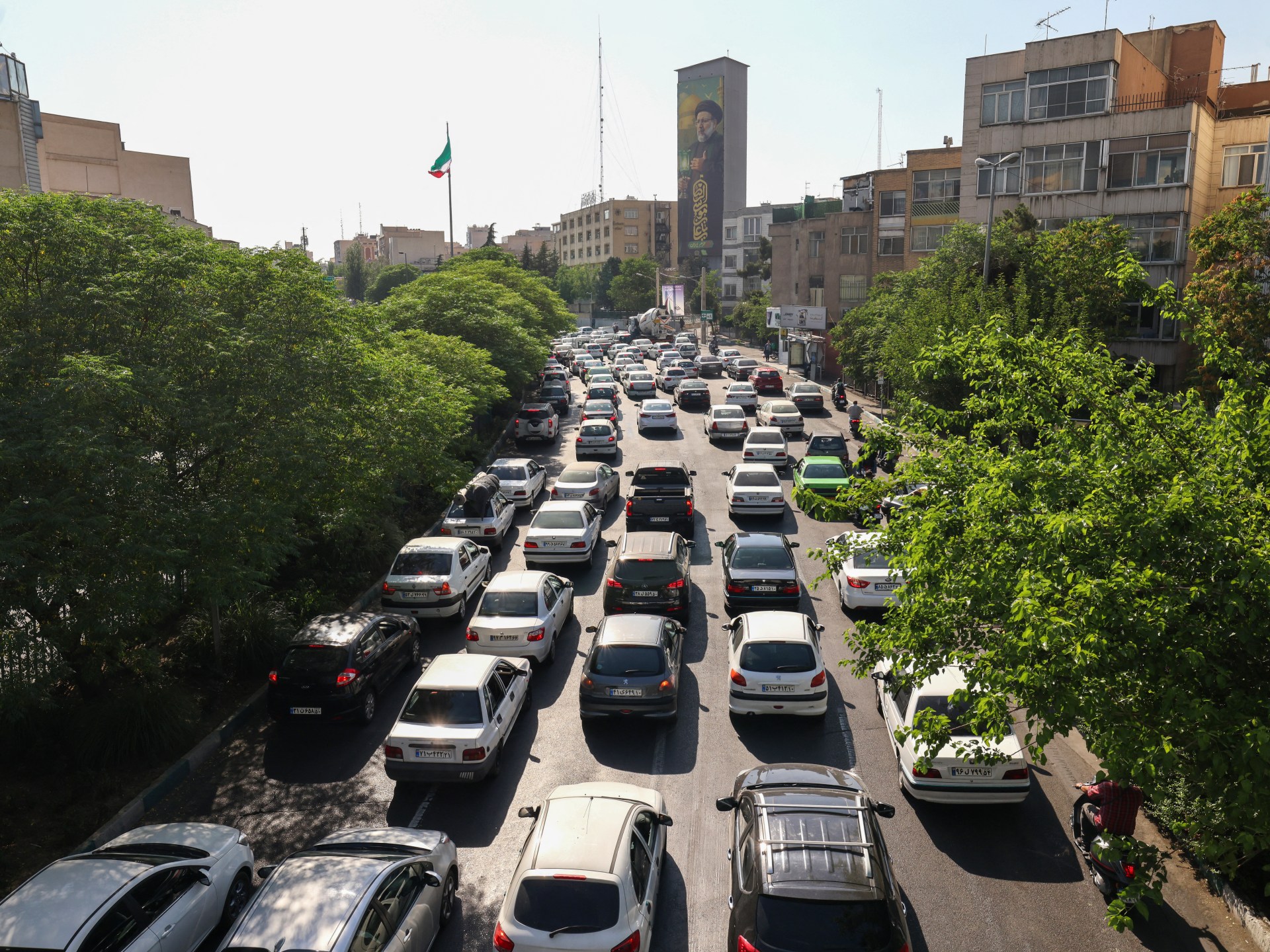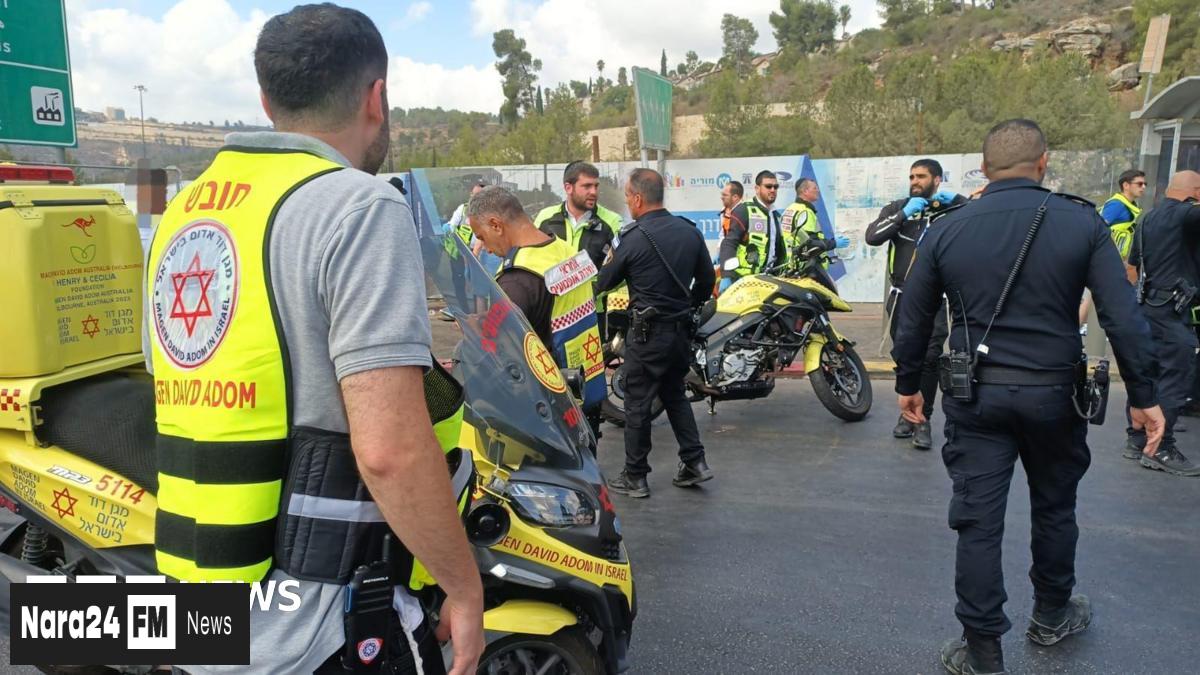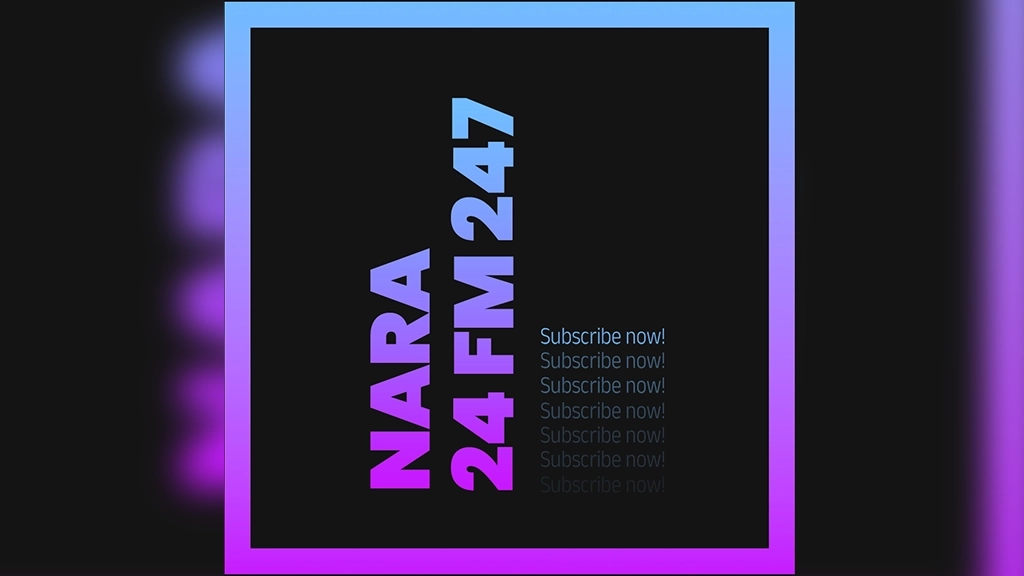In This Article
- Introduction to the Evacuation Order
- Details of the Israeli Warning
- Challenges of Evacuating Tehran
- Impact of Traffic Congestion
- Lack of Bomb Shelters
- Residents' Reactions and Concerns
Key Takeaways
- Israel has issued an urgent evacuation order for residents in northern Tehran amid escalating conflict, coinciding with a bombing of the Iranian state television headquarters.
- The evacuation order specifically targets District 3, an affluent area housing around 330,000 residents and key infrastructures, but the practicality of evacuating a city of nearly 10 million is questionable due to severe traffic congestion.
- Traffic reports indicate that routes out of Tehran are heavily jammed, with travel times significantly increasing from typical durations of seven to eight hours to 18 to 24 hours.
- Tehran residents lack access to adequate bomb shelters, complicating evacuation efforts, as suggested temporary shelters like metro stations and schools are not equipped for current bombardments.
- A significant number of Tehran's residents have already fled the city in response to the violence, with many expressing feelings of fear, anger, and helplessness amid the ongoing conflict.
In a dramatic escalation of tensions in the region, Israel has issued an urgent evacuation order for residents in the northern part of Tehran, following a series of intense strikes across Iran. This announcement coincided with a bombing of the Iranian state television headquarters, which occurred during a live broadcast. Experts suggest that these actions are part of Israel's broader strategy of psychological warfare aimed at the Iranian populace, many of whom are already fleeing the capital due to ongoing violence that has resulted in over 220 fatalities in just five days.
On Monday, Israeli spokesperson Avichay Adraee utilized social media platform X to convey a warning to residents of District 3, a well-to-do area in northern Tehran known for hosting several foreign embassies. Accompanied by a 3D map, Adraee cautioned that remaining in the area significantly risks their lives, mirroring the style of warnings issued during Israel's military campaigns in Gaza and Lebanon. This evacuation directive was echoed by U.S. President Donald Trump, who urged citizens to “immediately evacuate Tehran” via his Truth Social account.
However, the practicality of evacuating a city with a population nearing 10 million is highly questionable. Al Jazeera’s correspondent in Tehran, Maziar Motamedi, highlighted the severe traffic congestion already present in the city, which would hinder any rapid evacuation attempts. This congestion has only worsened as residents scramble to leave. The metropolitan area surrounding Tehran encompasses approximately 14 to 15 million people, making a swift evacuation even more daunting.
Fifth Day of Deadly Strikes: Israel-Iran Conflict Intensifies Amid Gaza Tragedy
Missile attacks struck Tehran and Tel Aviv overnight as host...
Read moreTraffic reports indicate that routes leading out of Tehran are severely jammed, with travel times to destinations typically reached in seven to eight hours now extending to 18 to 24 hours, due to the overwhelming congestion. Moreover, the city's topography, surrounded by mountains, limits the available exit routes to under a dozen major thoroughfares.
Compounding the evacuation difficulties, residents in Tehran lack access to bomb shelters, a situation that has persisted since the Iran-Iraq War ended over three decades ago. Al Jazeera’s Dorsa Jabbari explained that while officials have suggested using metro stations and schools as temporary shelters, these locations are not equipped to withstand the type of bombardment currently being experienced, leaving many without safe refuge.
District 3, the focal point of the Israeli evacuation order, houses around 330,000 residents and key infrastructures, including the IRIB headquarters that was targeted. The area is also known for its busy Nelson Mandela Boulevard, extensive parks, hospitals, and is adjacent to the Islamic Revolutionary Guard Corps headquarters. Al Jazeera’s Motamedi noted that multiple highways traverse this area, putting civilians at risk during their attempts to evacuate.
G7 Calls for Mideast Calm but Avoids Direct Israel-Iran Ceasefire Plea
World leaders at the G7 summit urged de-escalation in the Mi...
Read moreReports suggest that a considerable number of Tehran's residents have already fled the city in response to the escalating violence and the ominous warnings from Israeli officials. Al Jazeera’s Tohid Asadi conveyed a palpable sense of fear and anxiety among those remaining, coupled with a strong communal spirit. Many residents express feelings of anger and helplessness, asserting that they are ordinary citizens with no ties to military operations or nuclear agendas, yet find their lives embroiled in this conflict.
As the situation develops, the challenges of a mass evacuation from Tehran remain complex and fraught with danger, raising serious questions about the fate of its residents amidst the ongoing conflict.








Comments (0)
Leave a Comment
Be the first to comment on this article!